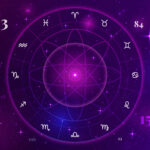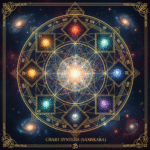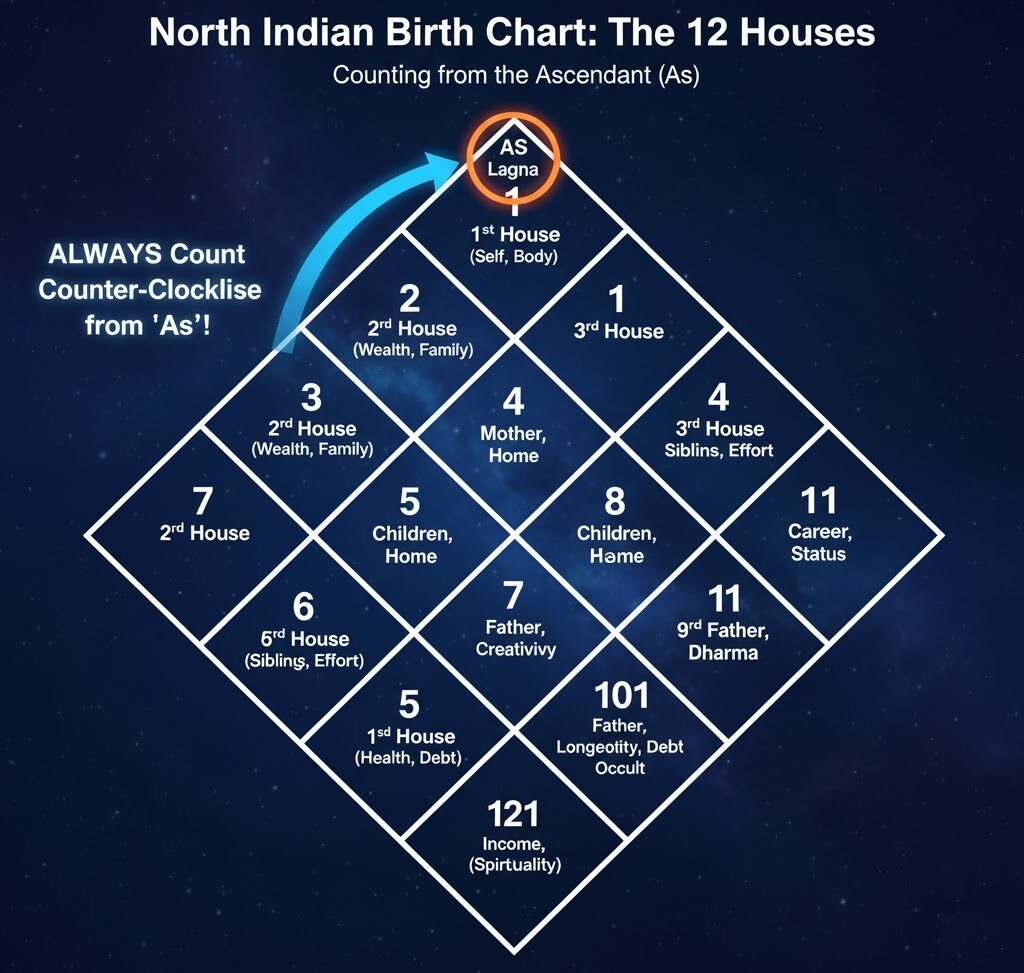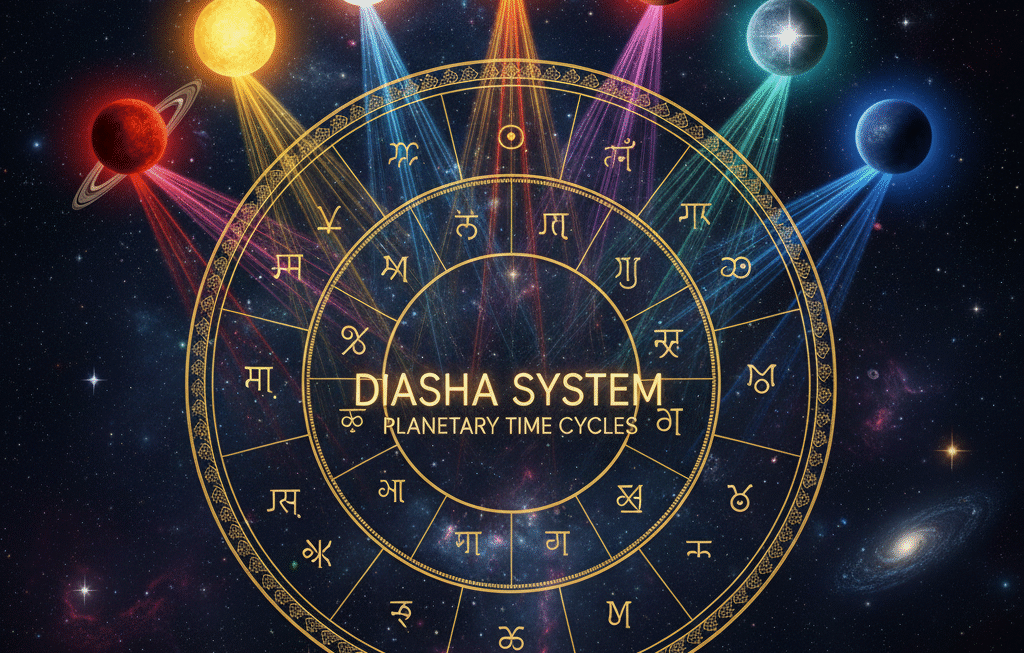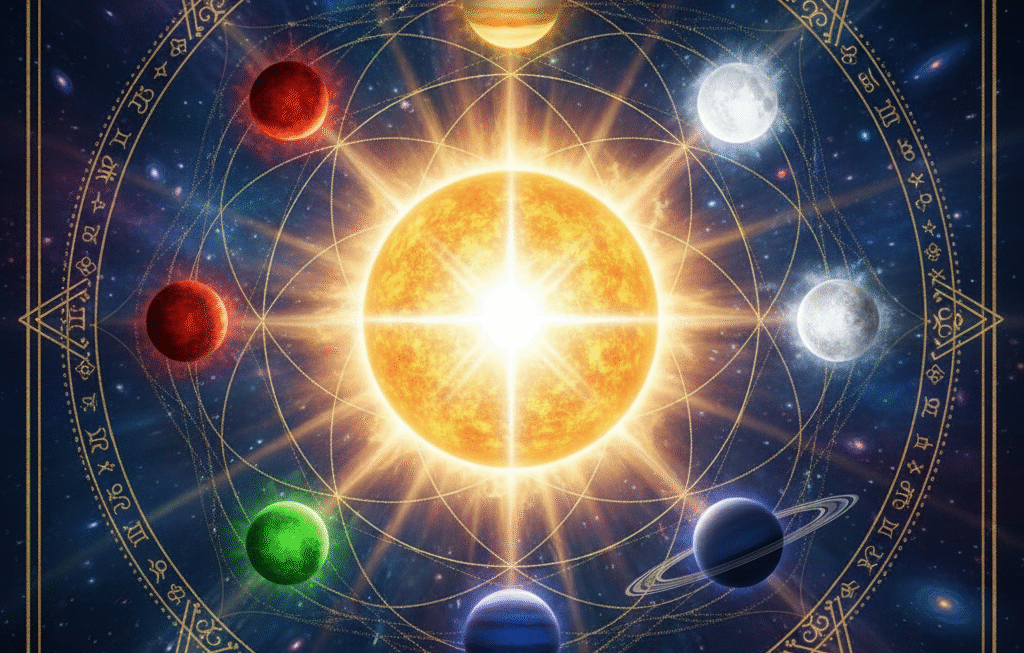Ever stared at your north indian birth chart, that elegant, diamond-shaped grid, and wondered where to even begin? You know this celestial map holds the keys to your life’s journey, but interpreting the lines, numbers, and symbols can feel like trying to decipher an ancient language written in the stars.
I understand that feeling of complexity. But as your seasoned guide, I’m here to assure you that the structure of the diamond chart is brilliantly logical, offering a clear, methodical path to self-discovery. This how-to guide will walk you, step-by-step, through the process of reading your own North Indian Kundli, transforming that confusing diagram into a powerful tool for insight. By the end, you will be able to confidently perform a basic north indian kundli reading.
1. The Fixed Foundation: Unlocking the North Indian Chart Layout
The first, and most important, thing to grasp about a North Indian birth chart is its fixed structure.
- Opinion: The North Indian chart format is arguably the most intuitive style for beginners because its houses are fixed in their position.
- Reason: Unlike the South Indian system where the houses move, in the North Indian Kundli, the houses always stay in the same box. This means you can memorize the house locations once, and they will never change, regardless of the signs or planets within them. This stability makes the learning process significantly less overwhelming.
- Example: The 1st House is always the top-center diamond box. The 4th House is always the central left box. The 7th House is always the bottom-center diamond box, and the 10th House is always the central right box. These four houses—the pillars of the chart—are permanently fixed in these angular positions (Kendra).
- Opinion/Restatement: Therefore, begin by internalizing this fundamental rule: In a North Indian chart, the boxes are the houses, and the houses never move.
2. The Crucial Starting Point: Locating the Lagna (Ascendant)
The Ascendant, or Lagna, is the single most vital piece of information you need to begin to read north indian chart. It sets the tone for your entire life and establishes the sequence for everything else.
OREO: Identifying Your Cosmic Identity
- Opinion: The Lagna is the most defining feature of your personality and life path.
- Reason: It represents the zodiac sign rising on the eastern horizon at the precise moment and location of your birth. It determines your physical body, temperament, and the lens through which you view life. Without the Lagna, the houses have no personal meaning.
- Example: Now, look at your own chart. Find the top-center diamond box (which we established is the 1st House). Inside this box, you will see a number (1 through 12). That number represents your Lagna or Rising Sign. If you see the number ‘6’, your Lagna is Virgo. The numbers correspond to the 12 signs (1=Aries, 2=Taurus, 3=Gemini, 4=Cancer, etc.). The ruling planet of this sign is called the Lagna Lord, and its placement is key to your fortune.
- Opinion/Restatement: Always identify the Ascendant’s sign first. This sign defines your entire life’s chart and its themes.
3. The Flow of Time and Experience: Counting the 12 Houses
Once you know the 1st House, you must understand the direction in which the remaining eleven houses are counted.
- Opinion: The flow of life in the chart is dynamic, and its movement is represented by a strict counting sequence.
- Reason: Vedic Astrology follows the natural progression of the zodiac as experienced from the moment of birth. This progression moves in a singular, non-negotiable direction in the North Indian style.
- Example: Start with the top-center diamond (your 1st House). You must count the houses counter-clockwise. The box immediately to the left of the 1st House is the 2nd House, which governs wealth and family. Moving counter-clockwise, the next box is the 3rd House, representing courage and siblings. Continue this count until you reach the 12th House (spiritual detachment and foreign lands), which is the box immediately to the right of the 1st House.
- Opinion/Restatement: The counter-clockwise count is essential for correctly placing the life themes (houses) and the zodiac signs on your diamond chart.
| House | Life Area Governed (Bhava) | Count Direction (From 1st) |
| 1st | Self, Body, Personality | Start Here (Lagna) |
| 4th | Mother, Home, Happiness, Vehicles | 4th box counter-clockwise |
| 7th | Marriage, Spouse, Partnerships | 7th box counter-clockwise |
| 10th | Career, Status, Reputation, Father | 10th box counter-clockwise |
4. The Filters of Expression: Zodiac Signs and Their Lords
Within each house box, you will find a number. As noted in Step 2, this number represents the zodiac sign (Rashi) that occupies that particular house for you.
- Opinion: The zodiac signs are the essential filters that dictate how the energies of the houses and planets express themselves.
- Reason: A house represents the area of life (e.g., the 7th House is Marriage). A sign represents the style or nature (e.g., Libra is harmonious, Capricorn is disciplined). The sign gives color and flavor to the life area.
- Example: Find the number in your 7th House (bottom-center diamond). If that number is ’10’ (Capricorn), it suggests your approach to marriage and partnerships (7th House) will be disciplined, structured, and focused on long-term goals (Capricorn). Furthermore, the ruling planet of Capricorn is Saturn. Saturn becomes your 7th House Lord, and its placement elsewhere in the chart holds a massive clue about your marriage destiny.
- Opinion/Restatement: To truly perform a north indian kundli reading, you must constantly ask: What sign is in this house, and what planet rules that sign?
| Sign No. | Sign Name | Ruling Planet (Lord) |
| 1 & 8 | Aries & Scorpio | Mars (Ma) |
| 2 & 7 | Taurus & Libra | Venus (Ve) |
| 3 & 6 | Gemini & Virgo | Mercury (Me) |
| 4 | Cancer | Moon (Mo) |
| 5 | Leo | Sun (Su) |
| 9 & 12 | Sagittarius & Pisces | Jupiter (Ju) |
| 10 & 11 | Capricorn & Aquarius | Saturn (Sa) |
5. The Cosmic Movers: Planets and Their Interactions
The planets, or Grahas, are the actors in your life story. Their symbols (or abbreviations like Sa for Saturn, Ju for Jupiter, etc.) are scattered throughout the 12 houses.
- Opinion: Planetary placement is where the action—the karma—of the chart is revealed.
- Reason: The planet itself represents a specific type of energy (e.g., Mars is energy, aggression, action). When a planet sits in a house, it activates the themes of that house with its specific energy.
- Example: If you have Jupiter (wisdom, fortune) placed in the 9th House (spirituality, higher knowledge), the planet of wisdom is activating the house of wisdom. This suggests a life marked by fortunate spiritual pursuits, a strong relationship with teachers, or a passion for higher education. If Mars (aggression, action) is in the 10th House (career), it suggests a forceful, ambitious, and perhaps competitive nature in your profession.
- Opinion/Restatement: Note every planet’s placement. The combination of Planet + Sign + House is the foundational triad of all Vedic analysis and crucial to the vedic chart explained in this format.
6. Synthesis: Putting the Triad Together (The First Reading)
You now have the tools to perform a preliminary north indian kundli reading. Let’s synthesize the three key elements into a single interpretation, focusing on the 1st House as an example:
- House: 1st House (Self, Personality)
- Sign: The number in your 1st House (e.g., ‘5’ for Leo) – The filter.
- Planet: The planet(s) placed in the 1st House (e.g., Saturn) – The action.
If you have Saturn (Sa) placed in Leo (‘5’) in the 1st House (Self):
- Saturn’s Energy: Discipline, seriousness, delay, hard work.
- Leo’s Filter: Regal, confident, attention-seeking, and proud.
- 1st House Area: Physical body, identity, and demeanor.
- Interpretation: Your personality (1st House) is dominated by the serious and hardworking nature of Saturn, but it is expressed through the proud, ego-driven filter of Leo. This might manifest as someone who takes their leadership role (Leo) very seriously (Saturn), appearing disciplined and perhaps initially reserved, but with a deep-seated need for recognition.
This level of synthesis is the goal of your initial north indian kundli reading.
Your Next Steps on the Path
You have successfully navigated the first crucial steps of reading your north indian birth chart. This is a practice that rewards patience and consistent study. You’ve cracked the fundamental code of the diamond chart.
Your next steps in deeper study will involve understanding planetary aspects (the influence planets cast on houses other than the one they occupy) and the Dasha system (planetary timing) which shows when the events promised in your chart will manifest.
Keep exploring, keep asking questions, and allow the ancient wisdom of Jyotish to illuminate your path.



